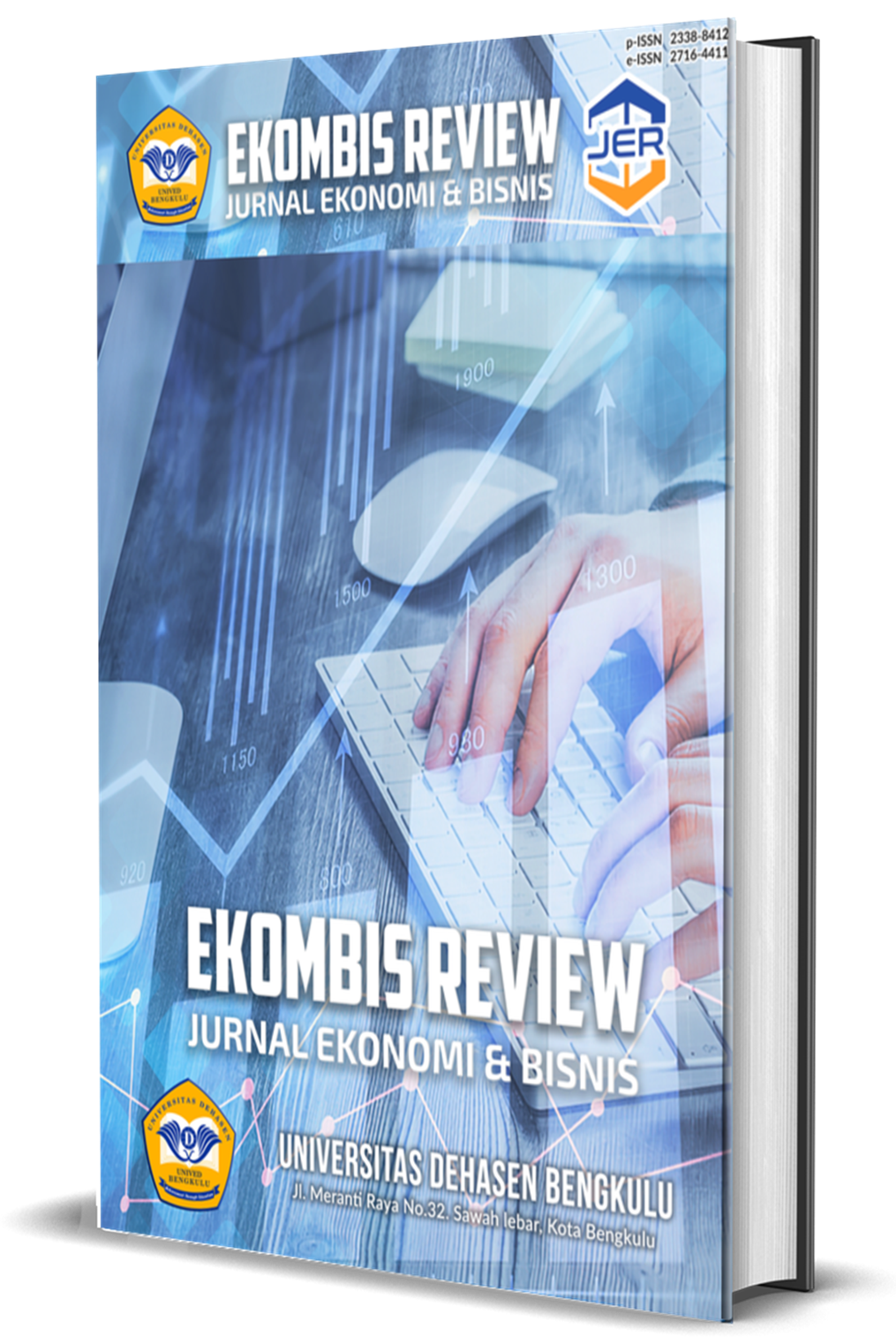Improvement Proposal Of Welded Wire Mesh Production Process In PT HBU Using FMEA And Six Sigma With DMAIC Framework
Abstract
This research aims to identify and provide alternative solutions as an effort to reduce defects in the welded wire mesh production process at PT HBU using the Six Sigma approach integrated with Failure Mode and Effect Analysis (FMEA). This research was carried out by applying the DMAIC (Define, Measure, Analyze, Improve, Control) framework to improve product quality and process efficiency. In the Define stage, key problems are identified, and improvement objectives are set. The Measure stage includes data collection and initial analysis to measure the existing defect rate using the Defect per Million Opportunities (DPMO) and Sigma Level metrics. Furthermore, in the Analyze stage, root causes are identified and analyzed using Cause-and-Effect Diagram. In the Improve stage, FMEA is used to analyze the potential causes of defects by determining their priority and proposing improvement solutions based on the previous analysis to be implemented as an effort to reduce the possibility of defective products in the production process. Finally, in the Control stage, a schedule is designed for the implementation of the proposed improvements provided. The implementation of this integrated approach is expected to reduce the defect rate in products, improve product quality, and improve overall operational efficiency.
Downloads
Copyright (c) 2025 Kevin Revialdy Handoko, Yuanita Handayati

This work is licensed under a Creative Commons Attribution-ShareAlike 4.0 International License.
An author who publishes in the EKOMBIS REVIEW: Jurnal Ilmiah Ekonomi dan Bisnis agrees to the following terms:
Author retains the copyright and grants the journal the right of first publication of the work simultaneously licensed under the Creative Commons Attribution-ShareAlike 4.0 License that allows others to share the work with an acknowledgement of the work's authorship and initial publication in this journal
Submission of a manuscript implies that the submitted work has not been published before (except as part of a thesis or report, or abstract); that it is not under consideration for publication elsewhere; that its publication has been approved by all co-authors. If and when the manuscript is accepted for publication, the author(s) still hold the copyright and retain publishing rights without restrictions. For the new invention, authors are suggested to manage its patent before published. The license type is CC-BY-SA 4.0.
EKOMBIS REVIEW: Jurnal Ilmiah Ekonomi dan Bisnis is licensed under a Creative Commons Attribution-ShareAlike 4.0 International License.














